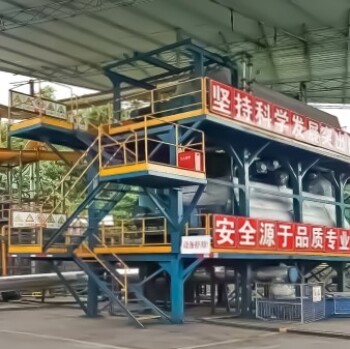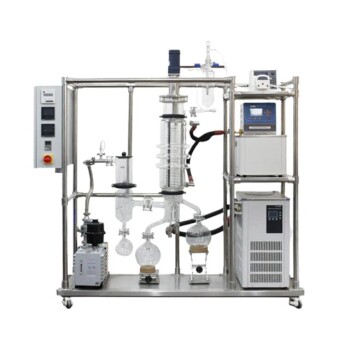Fast pyrolysis of lignocellulosic biomass is a thermochemical process.
It rapidly converts biomass into liquid bio-oil, solid bio-char, and gaseous syngas.
This is done by heating it at high temperatures in the absence of oxygen.
The primary goal of fast pyrolysis is to maximize the yield of liquid bio-oil.
This bio-oil can be further upgraded into various forms of energy and chemicals.
Summary of the Answer:

Fast pyrolysis involves the rapid heating of biomass like perennial grass, corn stover, or wood.
The biomass is heated to temperatures around 500°C in an oxygen-free environment.
This process is followed by quick cooling.
It transforms the biomass into a liquid bio-oil, which is the main product.
Along with solid char and gaseous by-products.
Bio-oil can be upgraded into heating oil or transportation fuels.
Char and gases have various uses, including fuel for the reactor itself.
Detailed Explanation:
1. Process Conditions:
Biomass is heated to temperatures between 400-550°C in the absence of oxygen.
This oxygen-free environment prevents combustion.
Instead, it promotes thermal decomposition of the biomass.
The process involves high heating rates and short residence times.
Typically less than 2 seconds, which are crucial for achieving high bio-oil yields.
2. Products of Fast Pyrolysis:
The primary product is bio-oil, a liquid composed of water and various organic compounds.
It is energy-dense and can be upgraded into fuels or used directly for heating.
A solid residue, also known as biochar, is produced.
Biochar can be used as a soil amendment, sorbent for pollutants, or feedstock for activated carbon production.
Gaseous by-products include flammable gases like methane, hydrogen, and carbon monoxide.
These gases can be used to heat the reactor, contributing to the self-sustaining nature of the process.
3. Applications and Upgrading:
Bio-oil can be catalytically upgraded to remove oxygenated groups.
This improves its quality for use as a fuel or chemical feedstock.
The bioliq® concept mixes bio-oil with char to form a stable suspension.
This suspension can be used in gasifiers, producing synthesis gas.
The synthesis gas can be further processed into motor fuels and chemicals.
4. Challenges:
The process requires specialized equipment, which can be costly.
Efficient separation and purification of the products are necessary.
This ensures the economic viability and environmental sustainability of the process.
Review and Correction:
The provided information is accurate and well-explained.
The process of fast pyrolysis is described in detail.
It covers the conditions, products, applications, and challenges associated with it.
No corrections are needed as the content fits the facts and provides a comprehensive understanding of fast pyrolysis of lignocellulosic biomass.
Continue exploring, consult our experts
Explore the revolutionary world of biomass conversion with KINTEK SOLUTION.
Discover how our state-of-the-art equipment can transform lignocellulosic biomass into valuable bio-oil, biochar, and syngas.
Contact us today to learn more and elevate your research and energy production capabilities!












